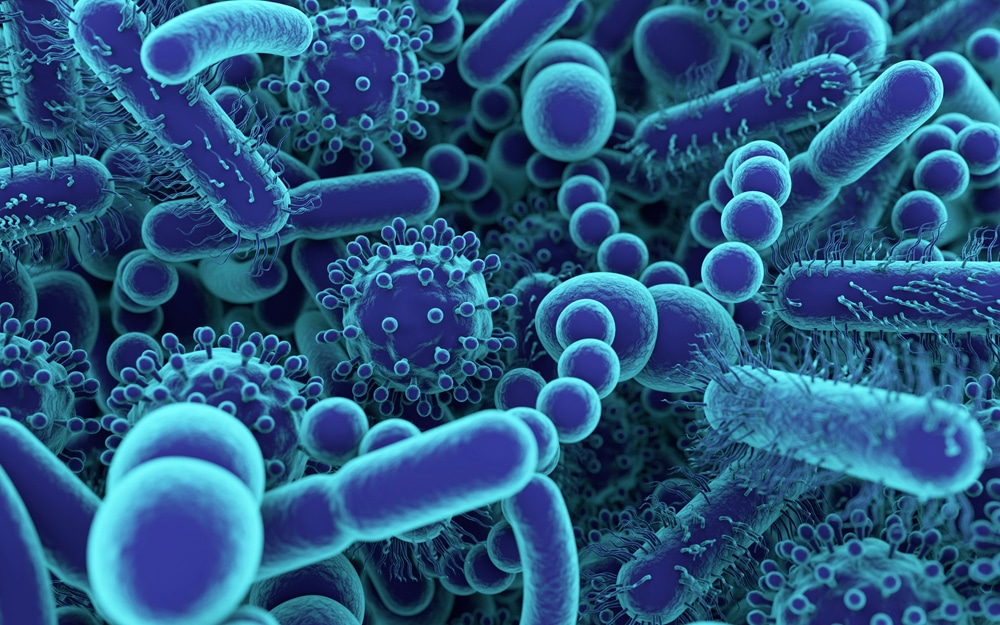1K
The size of bacteria, viruses and fungi varies considerably, which influences their respective properties and behaviors
This is the size of bacteria
Bacteria are microscopic organisms found in many environments. Most of them are invisible to the naked eye. Their size plays a crucial role in their function and distribution.
- Bacteria are usually between 0.2 and 5 micrometers (µm) in size, although there are exceptions that can be smaller or larger.
- Some of the smallest bacteria, such as mycoplasma, measure only about 0.2 to 0.3 µm and their small size allows them to move in confined spaces and tissues.
- Thiomargarita namibiensis is one of the largest known bacteria and can grow up to 750 µm (0.75 mm) in size, visible to the naked eye.
- Bacteria can have different shapes, including spherical cocci, rod-shaped bacilli and spiral-shaped spirillae, which also affects their size.
- Larger bacteria often have more space for cellular organelles and can support more complex metabolic pathways, while smaller bacteria can usually grow and divide faster.
- The size of bacteria influences their ecological niche; small bacteria can live in narrow crevices and pores, while larger bacteria can colonize larger areas.
This is how big viruses and fungi are
Viruses and fungi differ from bacteria in many ways. The differences have an influence on their spread and infection mechanisms.
- Viruses are much smaller than bacteria and range in size from about 20 to 300 nanometers (nm). Some of the smallest known viruses are the picornaviruses, while poxviruses are among the larger ones.
- Compared to bacteria, which are measured in micrometers, viruses are much smaller and often require electron microscopes for visualization.
- Fungi can vary greatly in size. Individual yeast cells measure around 3 to 40 µm, while filamentous fungi (molds) can form long hyphae that are several millimeters long.
- Fungi have a more complex structure than bacteria and viruses, which is reflected in their larger and more variable size.
- Larger fungi can store more nutrients and form more complex structures, which gives them advantages in the colonization and decomposition of organic material.

